Blood helps maintain homeostasis in several ways:
- Transport of gases, nutrients, and waste products.
- Transport of processed molecules.
- Transport of regulatory molecules.
- Regulation of pH and osmosis.
- Maintenance of body temperature.
- Protection against foreign substances.
- Clot formation.
Composition of Blood:
- Plasma- The liquid matrix
- Formed Elements- cells and cell fragments
- Plasma contains dissolved proteins. Plasma proteins include albumin, globulins, and fibrinogen.
- Albumin- makes up 58% of the plasma proteins.
- Globulin- accounts for 38% of the plasma proteins. Some globulins such as antibodies and complement, are part of the immune system. Other globulins and albumin function as transport molecules because they bind to molecules such as hormones and carry them in the blood throughout the body.
- Fibrinogen- is a clotting factor that constitutes 4% of plasma proteins. Activation of clotting factor that constitutes 4% of plasma proteins. Activation of clotting factors results in the conversion of fibrinogen to fibrin, a threadlike protein that forms blood clots.
Hemoglobin Breakdown:
- In macrophages, the glob in part of hemoglobin is broken down to individual amino acids and metabolized or used to build new proteins.
- The heme of hemoglobin releases iron. The heme is converted into bilirubin.
- Blood transports iron to the red bone marrow, where it is used to produce new hemoglobin.
- blood transports bilirubin to the liver.
- Bilirubin is excreted as part of the bile into the small intestine. Some bilirubin derivatives contribute to the color of feces.
- Other bilirubin derivatives are reabsorbed from the intestine into the blood and excreted from the kidneys in the urine.
Blood loss is minimized in three ways:
- Vascular Spasm- Is an immediate but temporary constriction of a blood vessel that results when smooth muscle within the wall of the vessel contracts.
- Platelet Plug- Is an accumulation of platelets that can seal up a small break in a blood vessel. Platelet plug formation is described in a series of steps: First, platelets stick to the collaged exposed by blood vessel damage; this phenomenon is called platelet adhesion. Most platelet adhesion is mediated through von Willebrand factor, a protein produced and secreted by blood vessel endothelial cells. Von Willebrand factor forms a bridge between collagen and platelets by binding to platelet surface receptors and collagen. After platelets adhere to collagen, they become activated, change shape, and release chemicals.
- Blood Clotting: Results in the formation of a clot. A clot is a network of threadlike protein fibers, called fibrin, that traps blood cells, platelets, and fluid.
- Clot formation is a complex process involving many chemical reactions, but it can be summarized in three stages:
- The chemical reactions can be started in two ways: a.) inactive clotting factors come in contact with exposed connective tissue, resulting in their activation, or b.) chemicals, such as thromboplastin, are released from injured tissues, causing activation of clotting factors. After the initial clotting factors are activated, they in turn activate other clotting factors. A series of reactions results in which each clotting factor activates the next until the clotting factor prothrombinase, or prothrombin activator is formed.
- Prothrombinase converts an inactive clotting factor called prothrombin to its active form, thrombin.
- Thrombin converts the inactive clotting factor fibrinogen to its active form fibrin.
The ABO blood group system is used to categorize human blood. ABO antigens appear on the surface of red blood cells. Type A blood has type A antigens, type B blood has type B antigens, type AB blood has both types of antigens, and type O blood has neither A nor B antigens. In addition, plasma from type A blood contains anti-B antibodies, which act against type B antigens; plasma from type B blood contains anti-A antibodies, which act against type A antigens. Type AB blood plasma has neither type of antibody, and type O blood plasma has both anti-A and anti-B antibodies.
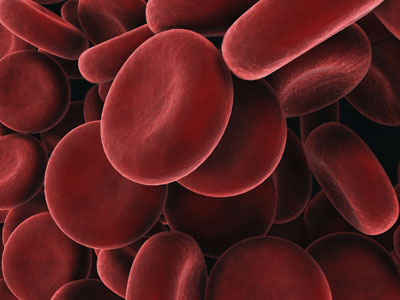
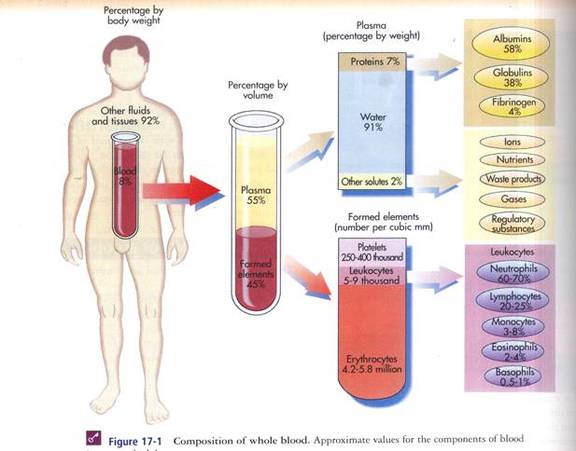
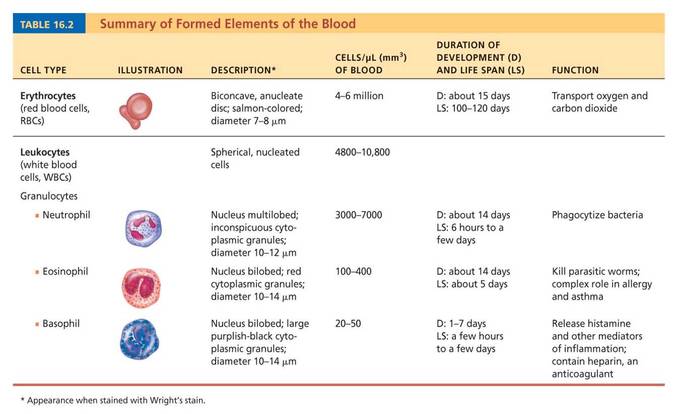
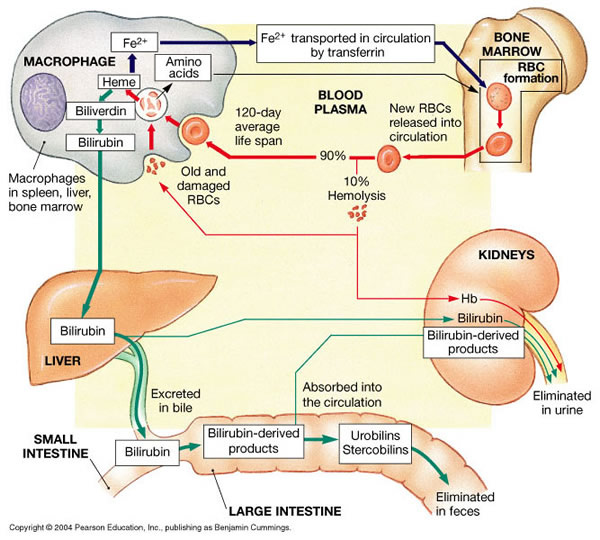
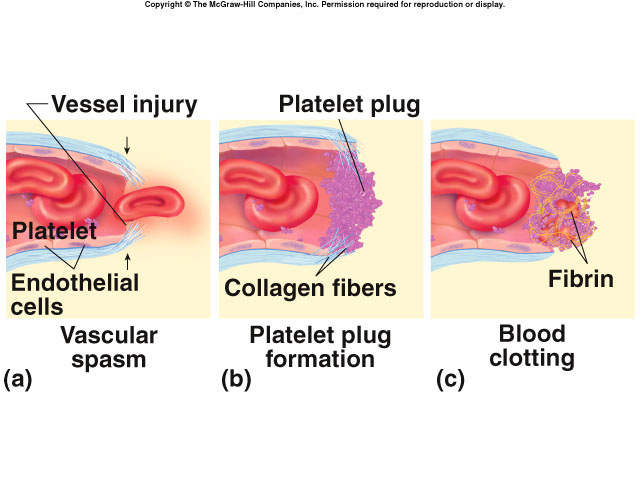

 RSS Feed
RSS Feed